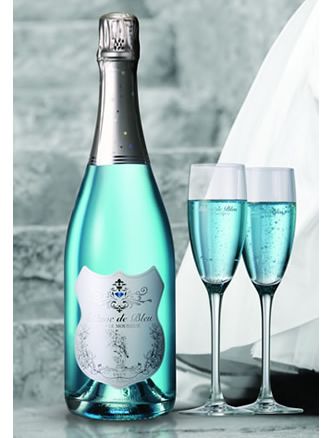
Rebound intracranial hypertension (high intracranial pressure) has been described after epidural patching and surgical procedures for intracranial hypotension (low intracranial pressure) resulting from spinal CSF (cerebrospinal fluid) leak.
One of the treatments for this rebound high pressure is acetazolamide (trade name Diamox) which is a carbonic anhydrase inhibitor that acts on the choroid plexus where CSF is produced, along with effects in other tissues. Acetazolamide is also used for idiopathic intracranial hypertension and for the prevention and treatment of acute altitude sickness.
Anyone who has ever taken acetazolamide has learned quickly that bubbly drinks taste, well, very bad. Ever wonder why?
Carbonic anhydrase is a family of enzymes that assists in rapid inter-conversion (both directions) of carbon dioxide (CO2) and water (H2O) into carbonic acid (H2CO3), hydrogen (H+) and bicarbonate (HCO3-). Normally, the concentration of carbonic acid is very low. This family of enzymes is present in many tissues, including the mouth. Carbonic anhydrase inhibitors such as acetazolamide inhibit this reaction. When a carbonated beverage is consumed while taking a carbonic anhydrase inhibitor, the higher concentration of carbonic acid can be tasted and causes a taste disturbance which is variably described.
This letter to the editor is from 1988 and includes a translation of an even older paper. This is where the very apt saying, “Champagne Blues” (while on acetazolamide) originates.
So, while on acetazolamide, be aware that carbonated beverages, including but not limited to champagne, will taste “off” and why.
Side effects of acetazolamide: The champagne blues
Mark Graber, M.D., Stephen Kelleher, M.D.
Am J Med. 1988 May;84(5):979-80.
(no abstract)
PMID: 3364458
DOI: 10.1016/0002-9343(88)90091-5
The full text PDF is available through the above DOI link.

